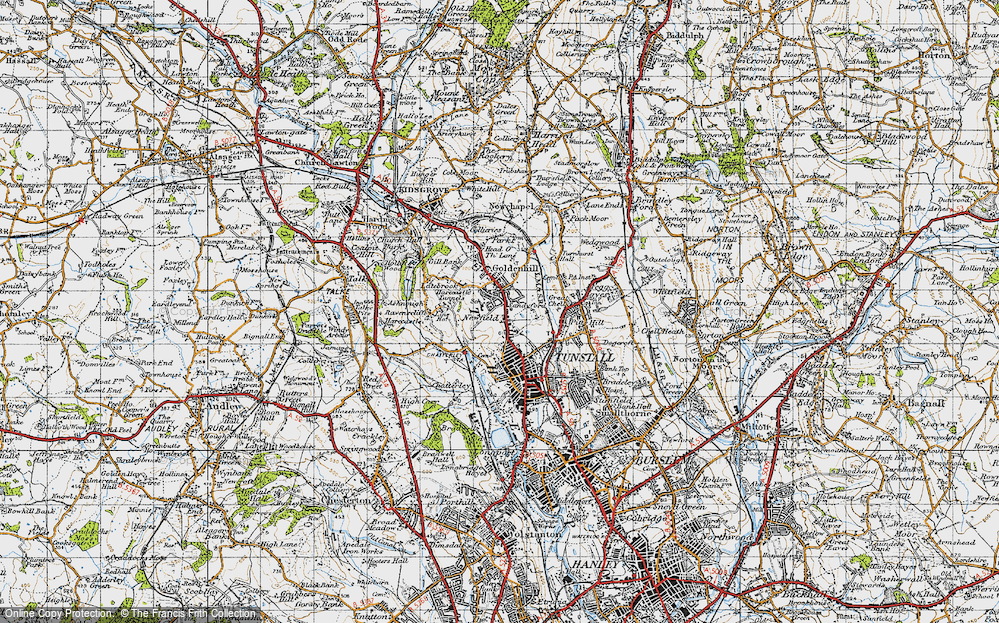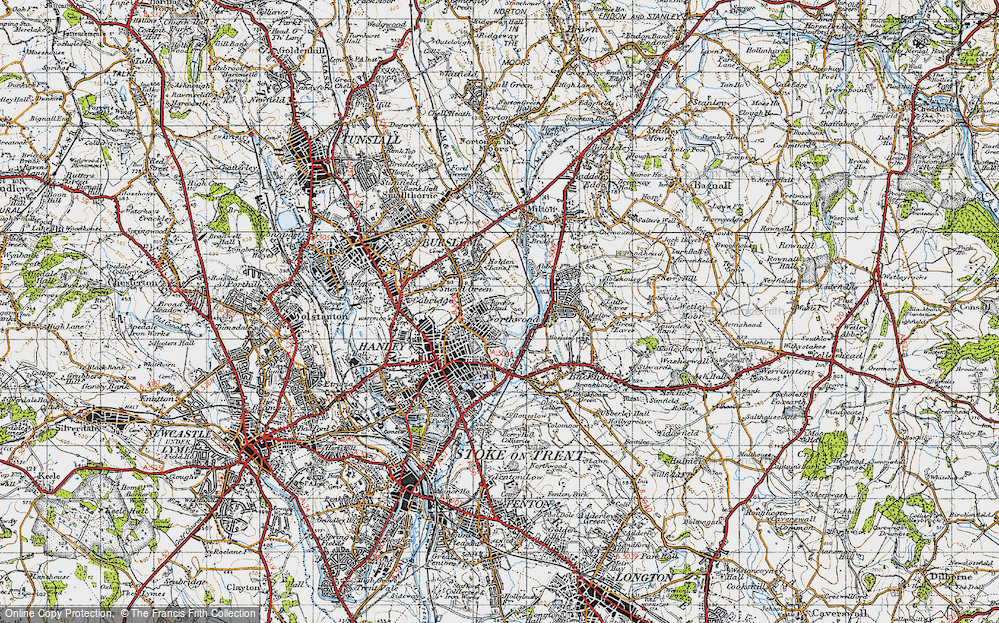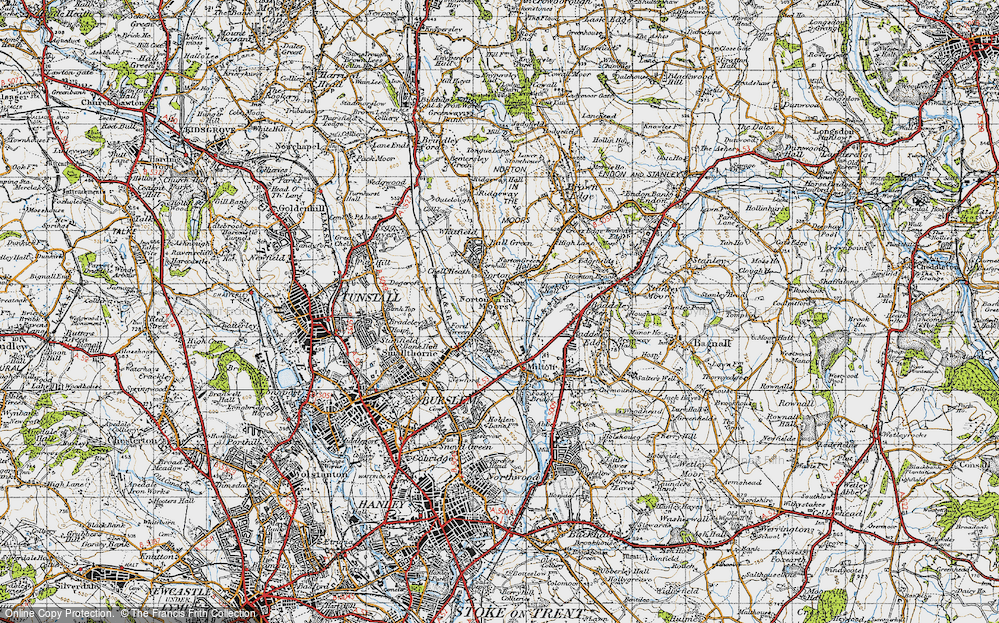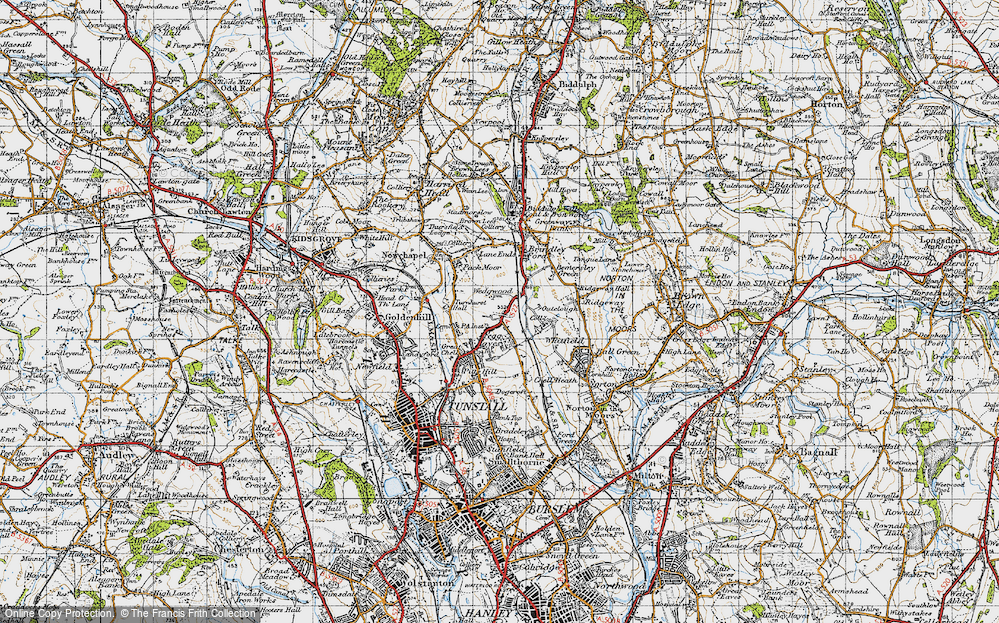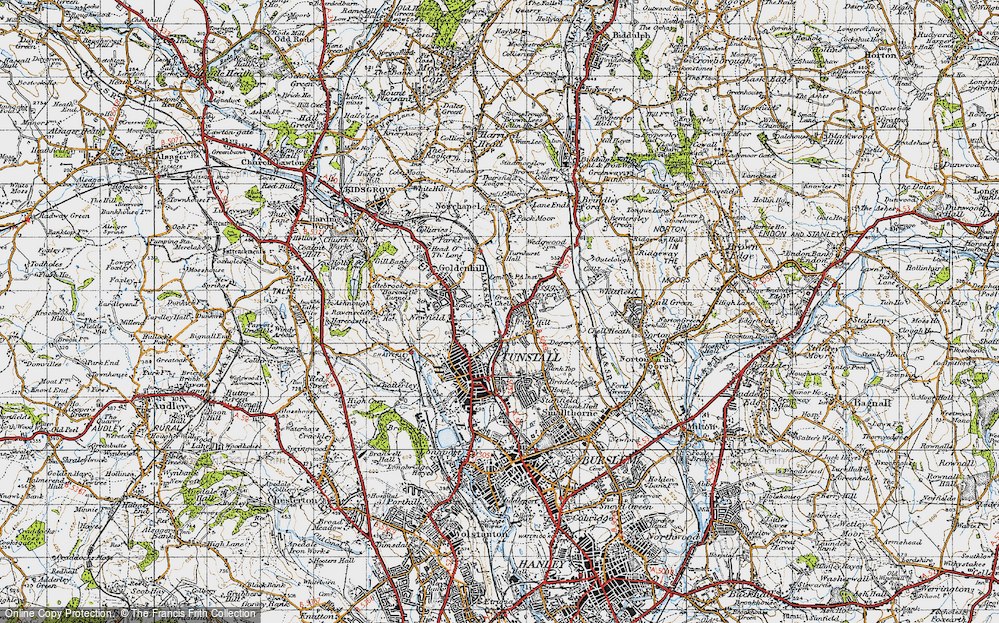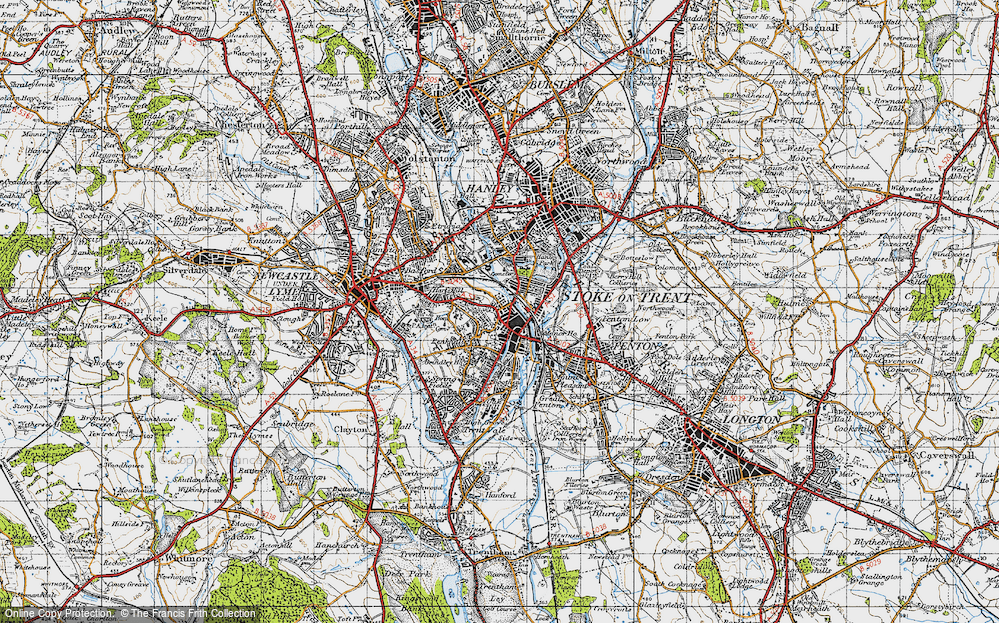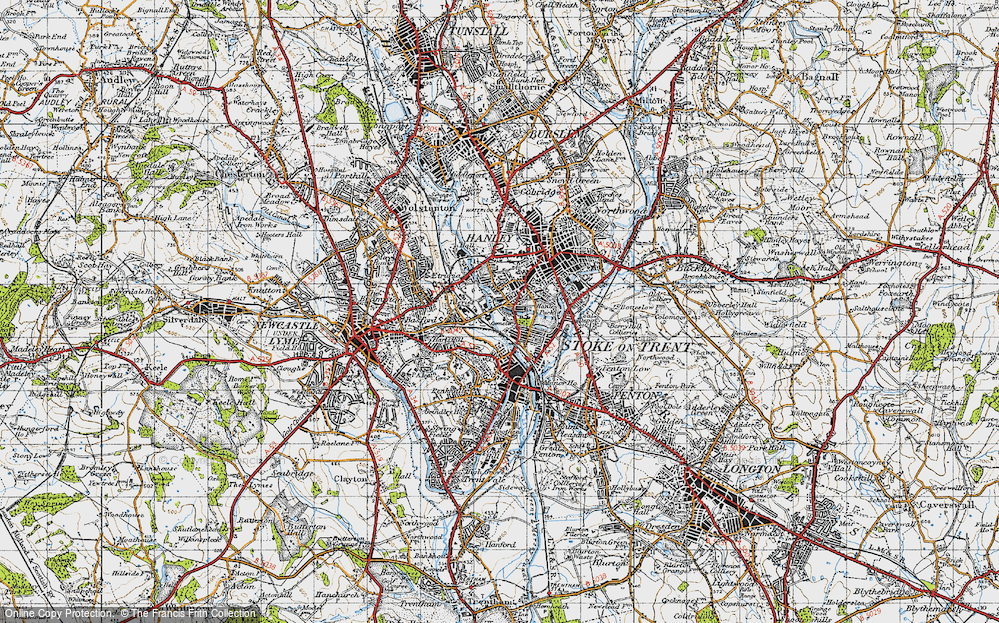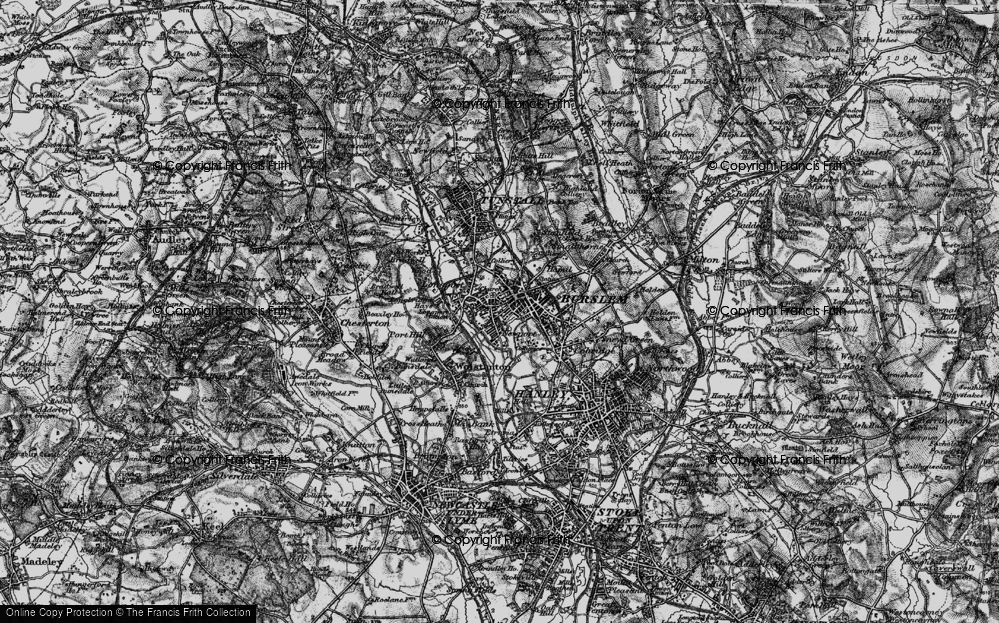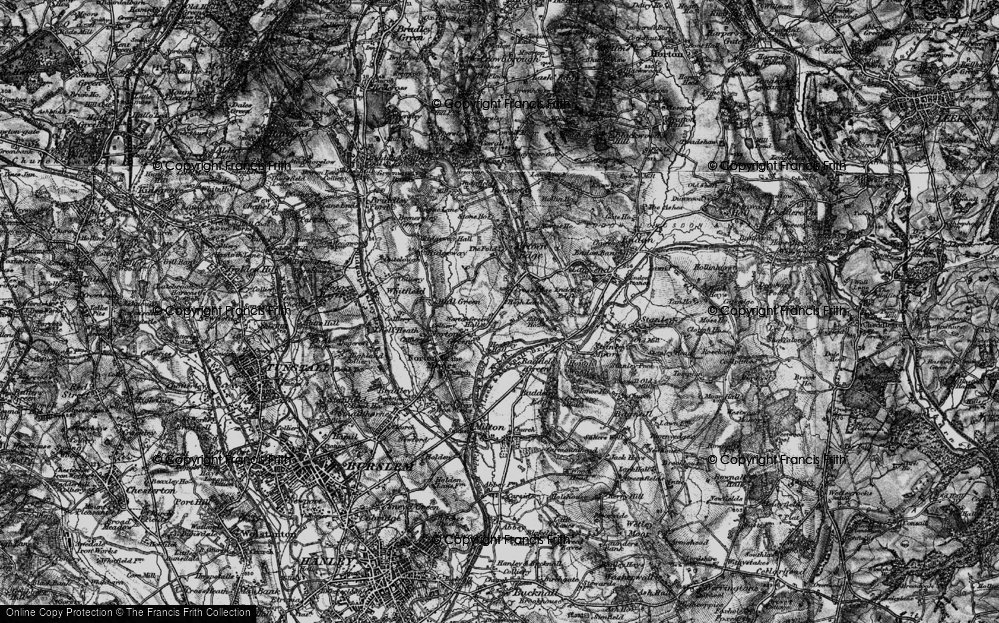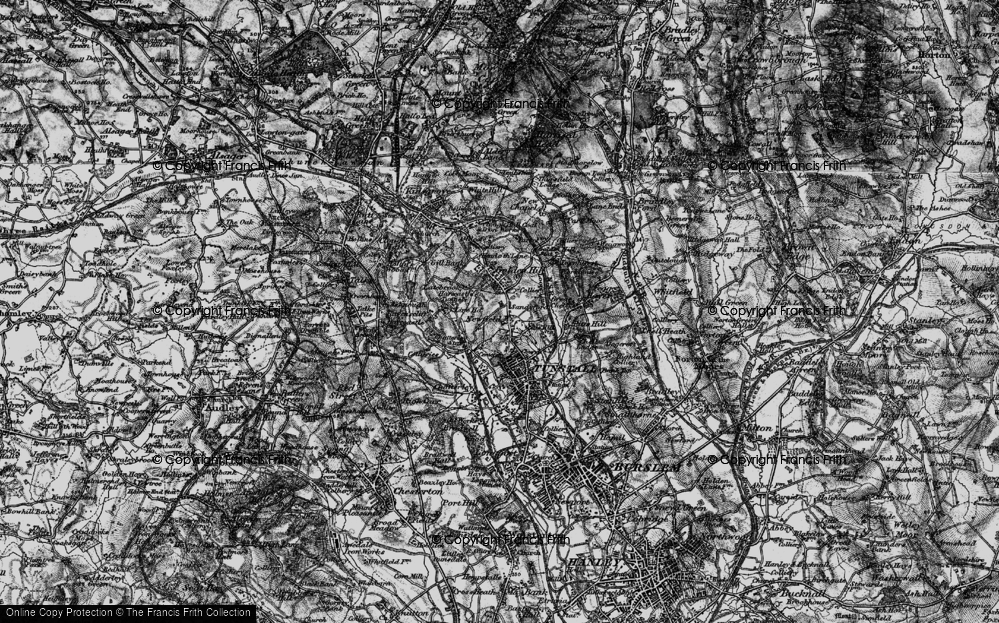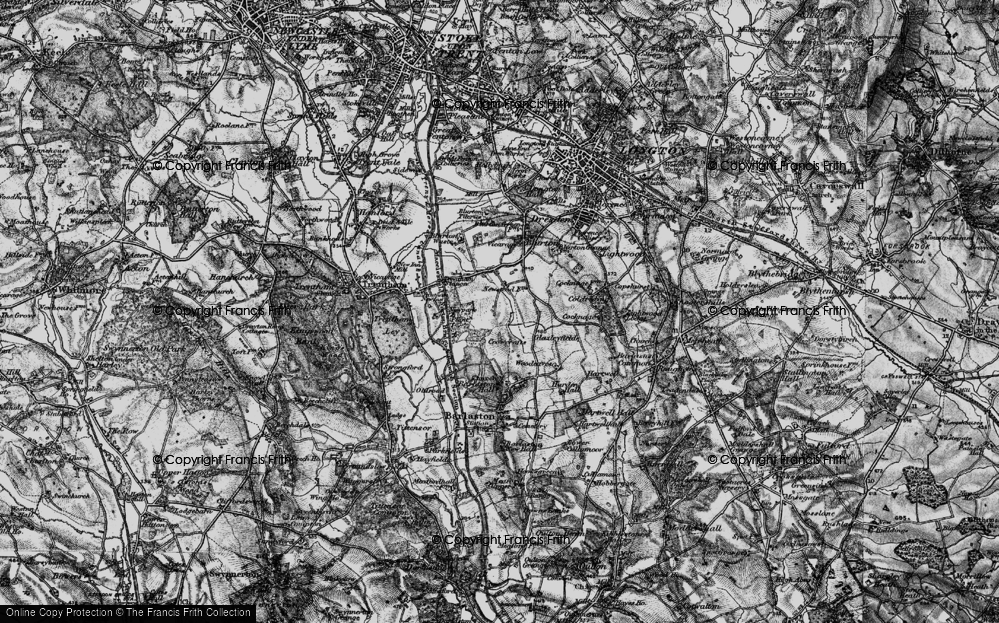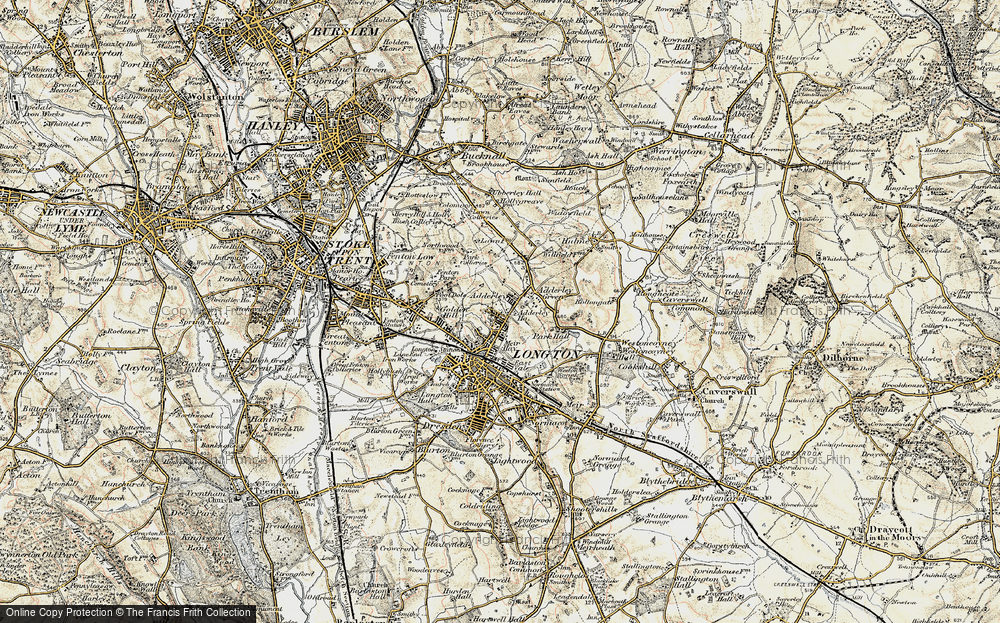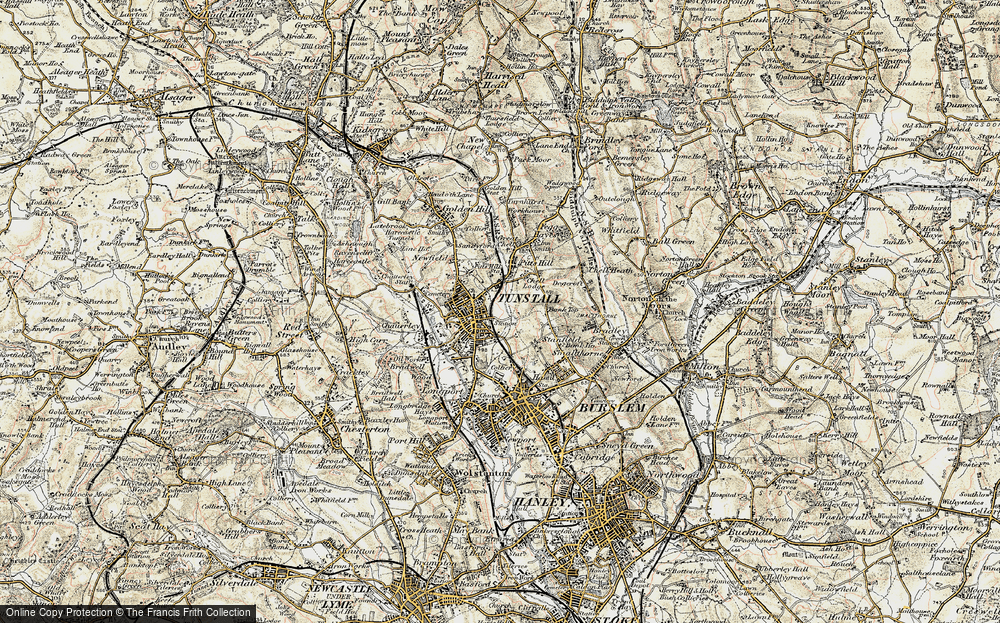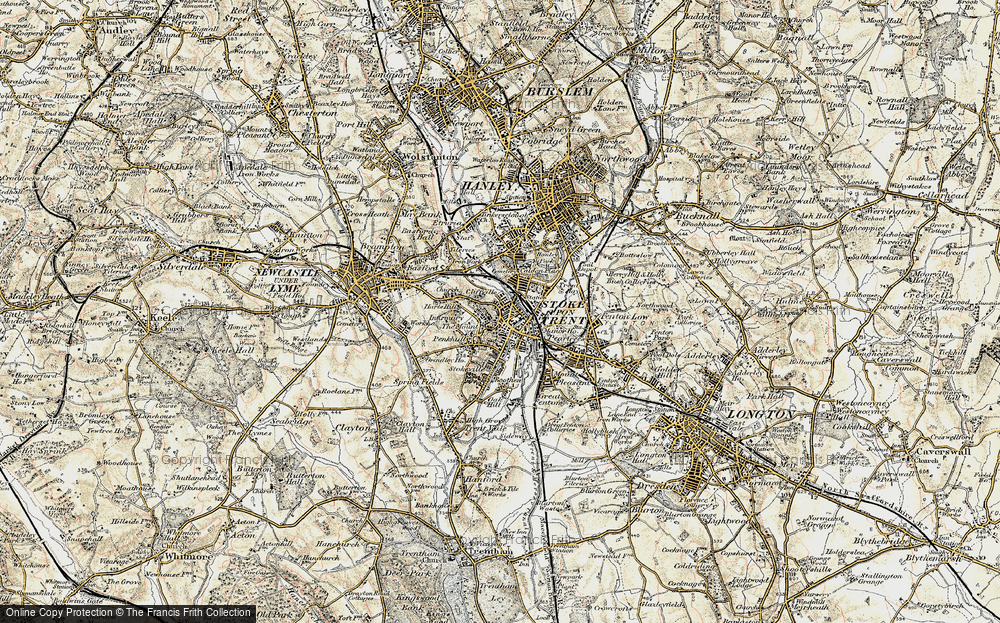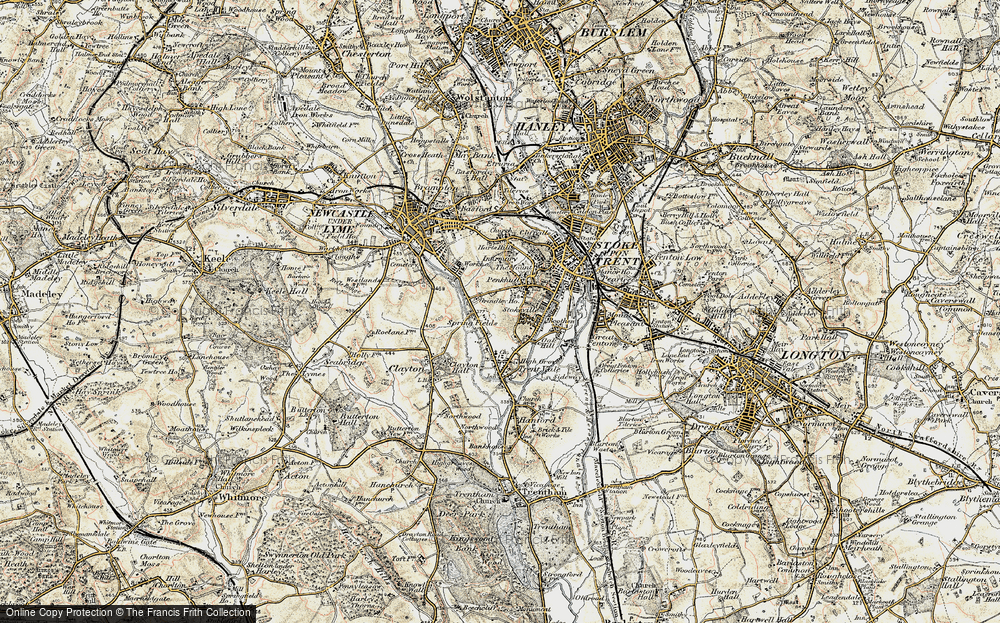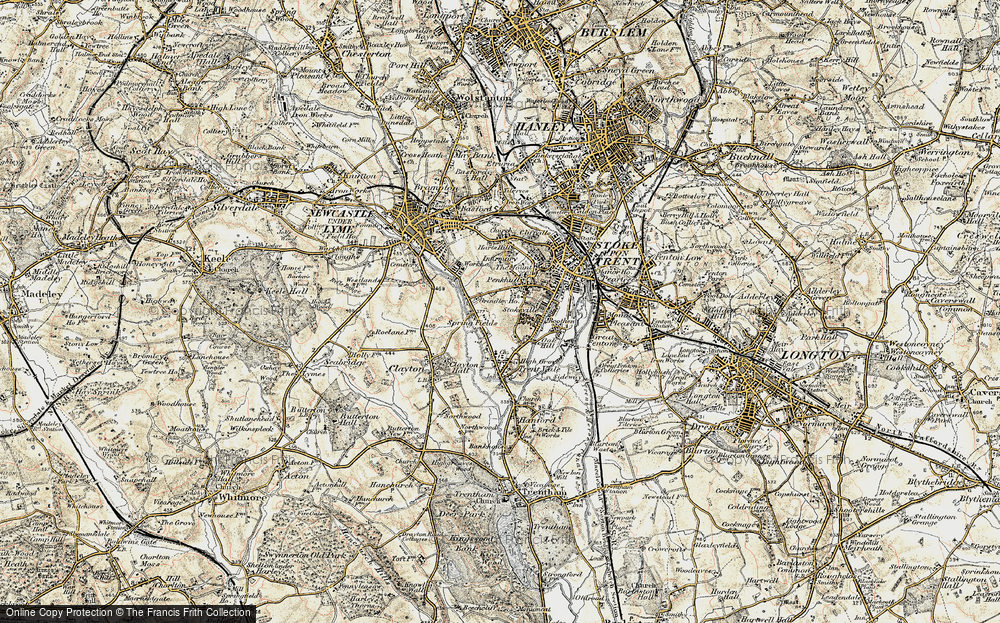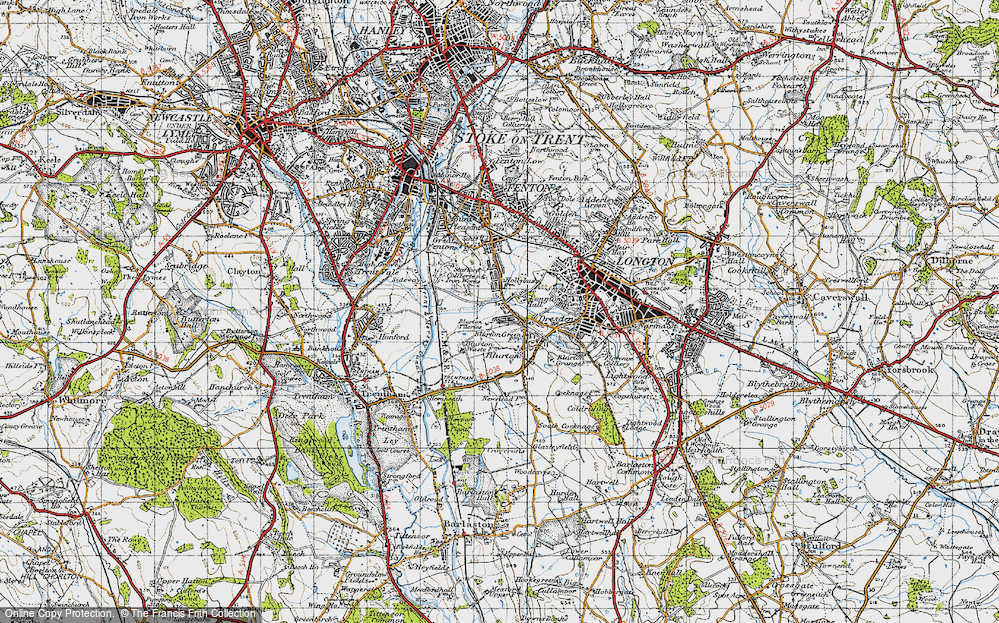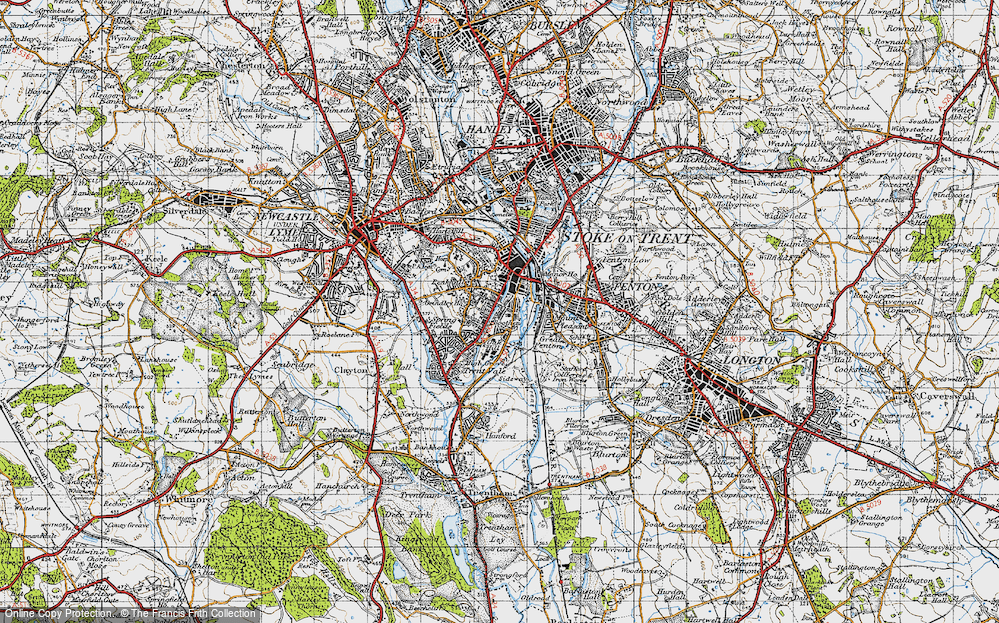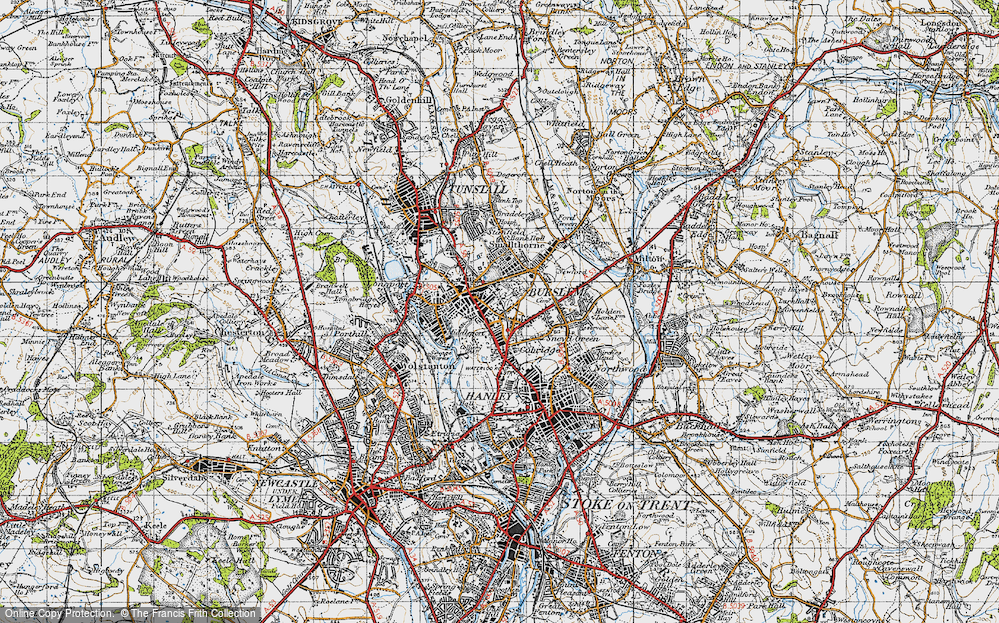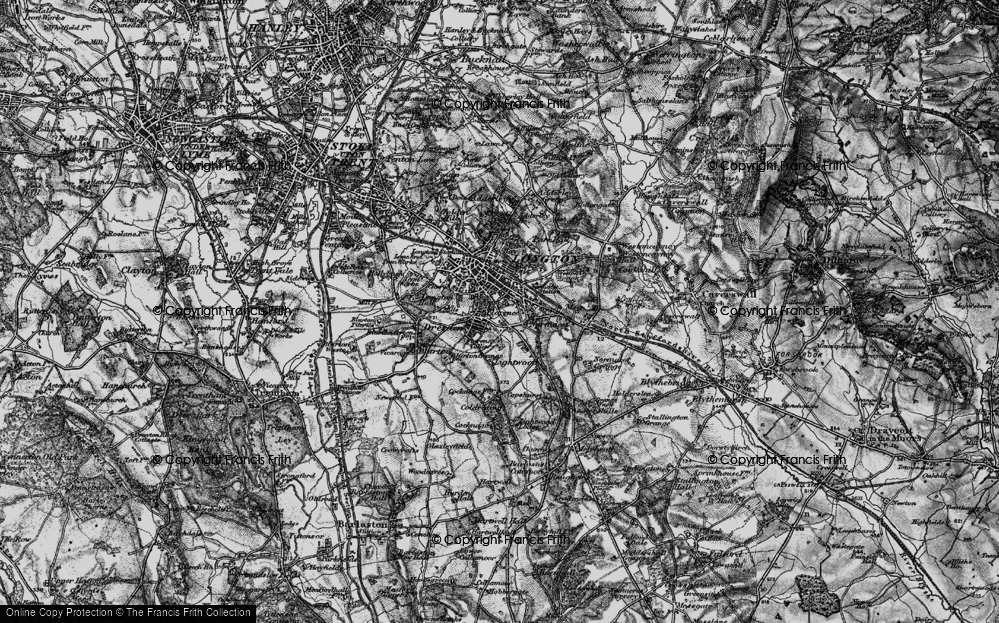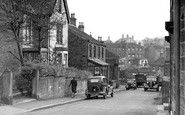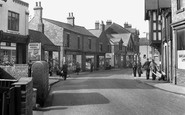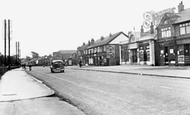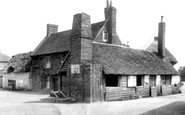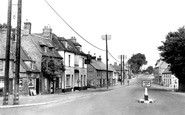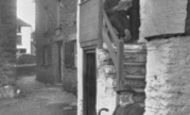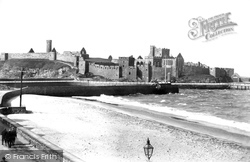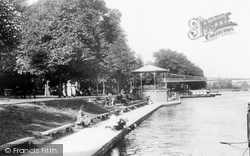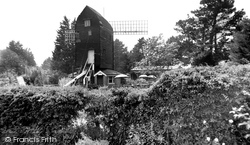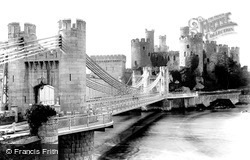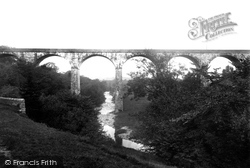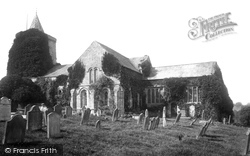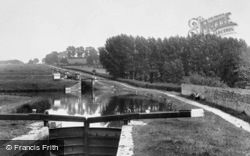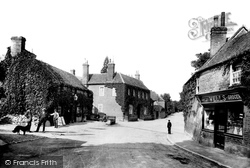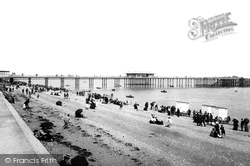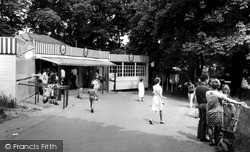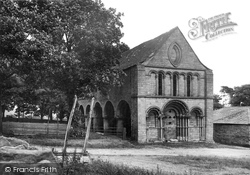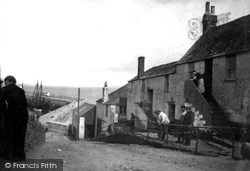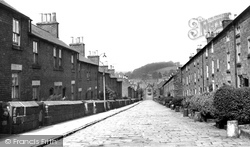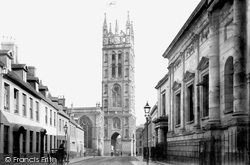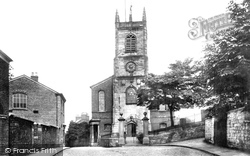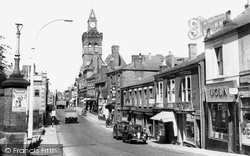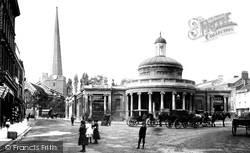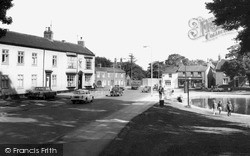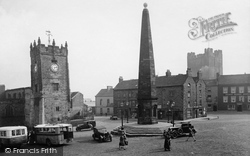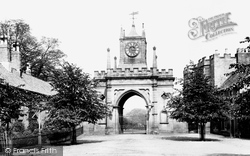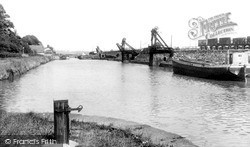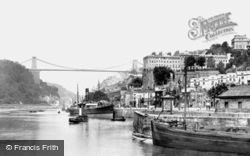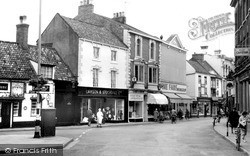Places
Sorry, no places were found that related to your search.
Photos
Sorry, no photos were found that related to your search.
Maps
7,034 maps found.
Books
163 books found. Showing results 865 to 888.
Memories
22,912 memories found. Showing results 361 to 370.
Wartime Years In Llanarmon Yn Ial
Shortly after the outbreak of war, my Father who had a pet shop in Wallasey, evacuated the family to Llanarmon. We consisted of Dad, Mum, my brother Ray and myself. We moved into Rose Cottage in the ...Read more
A memory of Llanarmon-yn-Ial in 1940 by
Central Stores
The large 3-storey building to the right of centre, was the village grocery store at 91 Lane Head Road. My father purchased it in 1961 from Frank Armitage. He sold it in 1984 when he retired. At the rear were stables, groceries used ...Read more
A memory of Shepley in 1963 by
1901 Census
This is actually a memory of my father, who is listed in the census of Wales for 1901 as being a quarryman, lodging at Cidwyn View, Betws Garmon aged 21. I hope to visit the village (?) this Sept. and also the quarry. I would love to know if this house still stands.
A memory of Betws Garmon in 1900 by
Mill Street Clowne. 1950
The gentleman pushing a cart in the foreground of this picture is my grandfather, Ernest Pearce (1895-1970). The cart was used to transport bundles of sticks that he cut for sale as firewood. They were sold for 4d a bundle. ...Read more
A memory of Clowne in 1950 by
My Grandparents Home
My grandparents Isabella and Jack Lymer and my Uncle Victor Lymer lived above the cafe until my nan's death in 1968. When I was young it was the flat to the left as you look at the picture. It is now the hairdressers. My mum ...Read more
A memory of Newbiggin by
School Road
I used to live at 5 School Road nearly 20 years ago. My mum used to work at Dianes florists on Donny Road and my Dad managed the Corner Pocket snooker club. I still visit there now as my stepmum lives on Donny Road and my Dad, I'm ...Read more
A memory of Langold in 1985 by
1901 Wickhambreux
Sarah Clayden Rudd nee Wacey and her daughters lived in Wickhambreux. They were listed there at the time of the 1891 census as living 'the green' and in 1901 she and her daughters, Sarah and Rebecca, are living there and ...Read more
A memory of Wickhambreaux in 1890 by
North Road Looking North From Church Street, Fen Street Junction
Previous memories talk about The Talbot Inn and on the left hand corner (Church Street Corner) Marshall's the newsagents . Before the village was bypassed around 1956 the Newsagents ...Read more
A memory of Stilton in 1954 by
My Grandmothers Memories
My great-grandfather and g.grandmother lived and worked at The Pilchards Inn, they had three children my grandmother used to tell me about how they kept chickens and ducks in the garden and how she met Daphne Du'Maurier ...Read more
A memory of Polperro in 1910 by
Where I Grew Up
I lived most of my life in Sible Hedingham, as a family we moved there from London in 1962. I was just 2 years old at the time. My father Robert Farren, "Bob" as he was best known and my mother Ivy, took over the licence of ...Read more
A memory of Sible Hedingham in 1962 by
Your search returned a large number of results. Please try to refine your search further.
Captions
9,654 captions found. Showing results 865 to 888.
At the height of the season, Peel harbour was often full of fishing boats - Manx, Cornish, Irish and Scottish - as they followed the migrating herring into Scottish waters.
By the banks of the Dee. Though used by excursion and pleasure craft, the river at Chester was last used commercially in the 1930s when a barge took a cargo of tar from the gasworks to Queensferry.
This is Old Durrington windmill, photographed at a time when the site was used as a tea garden. Only two sails were on the mill at this time.
We can see a tower of Stephenson's 412ft-long tubular railway bridge in the centre of the picture. This structure was built on the line of the old L & NWR Railway in 1848.
On 18 July 1844 the London and North Western Railway Company began work to extend the railway from Lancaster to Carlisle.
The church of St Lawrence originally belonged to the Abbey of St Mary at York and income from it was used to support the Priory at Wetheral.
This set of 16 locks is part of the famous flight of 29 at Caen Hill.
Streatley lies at the junction of several major routes as they converge on the Goring Gap. The Bull at Streatley public house is on the left.
Wheeled bathing machines at the water's edge preserve the modesty of Victorian swimmers so none can be seen braving the waters.
The much loved and heavily patronised refreshment kiosk was an obligatory port of call for all families enjoying a day out at the beach.
This scene perfectly captures the rural setting of the remains of the 12th-century Benedictine Priory. The unusual oval window in the gable is similar to one at the Hospital of St John at Huntingdon.
In 1896 Newlyn fishermen, who never put to sea on Saturdays or Sundays, rioted in protest at 200 Lowestoft boats who worked at weekends. 2,000 men barricaded the harbour, preventing the East Coast men
The terraced houses and cobbled street of Long Row at Belper is one of the many legacies left by Jedediah Strutt who, with Richard Arkwright, brought industry to the town in the late 18th century.
At the time this photograph was taken it cost 2d to go up the tower. The Beauchamp Chapel was built as directed in the will of Richard Beauchamp, fourteenth Earl of Warwick.
The original parish church was at Astbury, but the building of this one in the 1740s reflected the growth of importance of Congleton as a result of its silk industry at that period.
The Town Hall is the tall building with the clock tower in the centre of the photograph; it was built in 1864 by E W Godwin at a cost of £8,000.
We now embark on a tour of the Moors or Levels, the vast flat lands of central Somerset, where great drains and canalised rivers keep the marshes at bay.
Some of the local shops look out onto the large pond at the top end of Norton High Street, with the Unicorn public house on the corner just to the right of centre.
The few people with motor cars park them at will. The ball finial of the Obelisk looks new; it had been replaced in 1907.
It was the second Gothic Revival building to be completed in County Durham; the style had become fashionable thanks to Horace Walpole, who had used it to great effect at his own house, Strawberry Hill,
Even in the late 18th century there were ninety pits in the Forest, with a combined annual output of about 100,000 tons of coal.
Even at this late date there were people advocating the 'dockisation' of the Avon, which would have resulted in the destruction of much of the natural beauty of the Gorge and the wholesale removal of Horseshoe
Streatley lies at the junction of several major routes as they converge on the Goring Gap.
This street scene has not changed very much except for the names of the occupants.
Places (0)
Photos (0)
Memories (22912)
Books (163)
Maps (7034)


